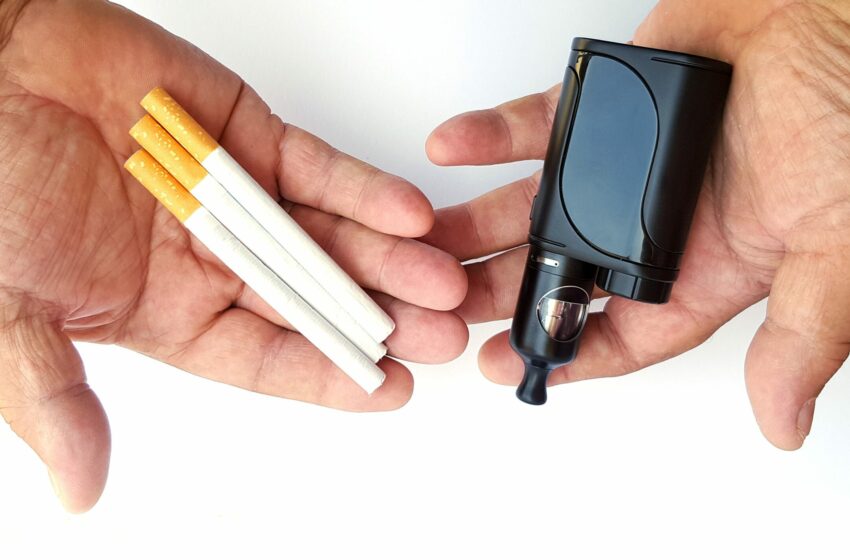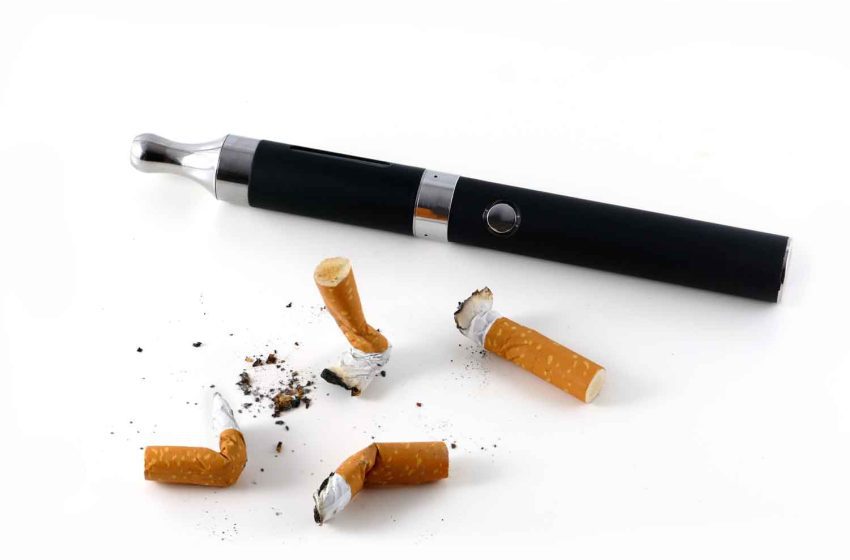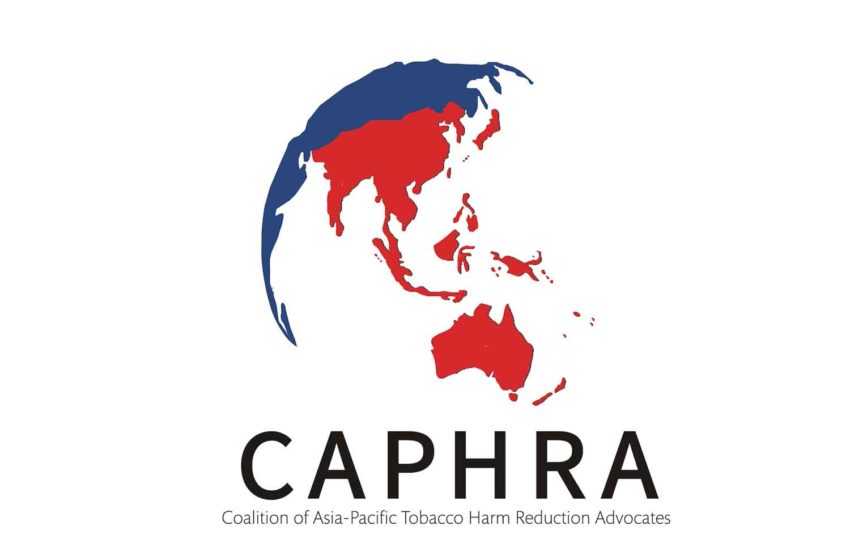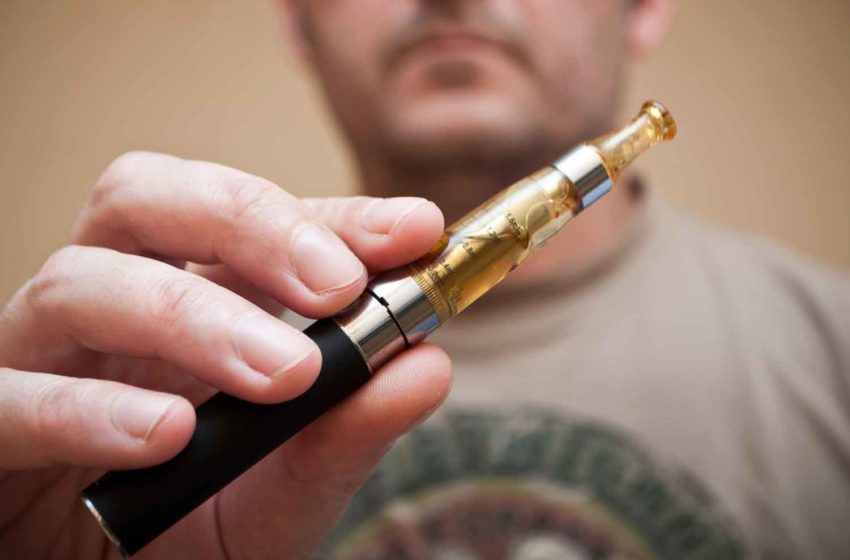The organization urges global leaders to recognize the WHO's 'disinformation campaign.'Read More
Tags :CAPHRA
It emphasizes consumer participation in policymaking and THR alternatives. Read More
Roberto Sussman, Konstantinos Farsalinos and Gerry Stimson say vaping helps smokers quit. Read More
The comment period closes on March 15.Read More
Two often-quoted studies about the dangers of vaping have in fact been retracted. Read More
Smokers have the right to access less harmful nicotine products, activists write. Read More
A new Australian document claims that e-cigarettes are a gateway to smoking. Read More







